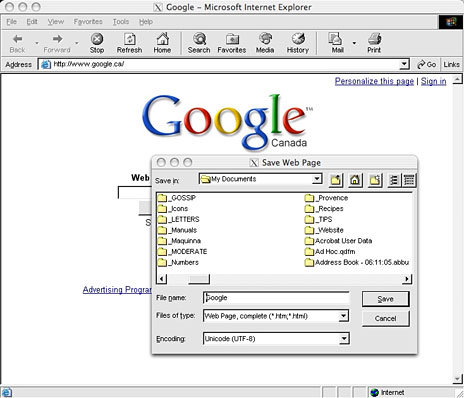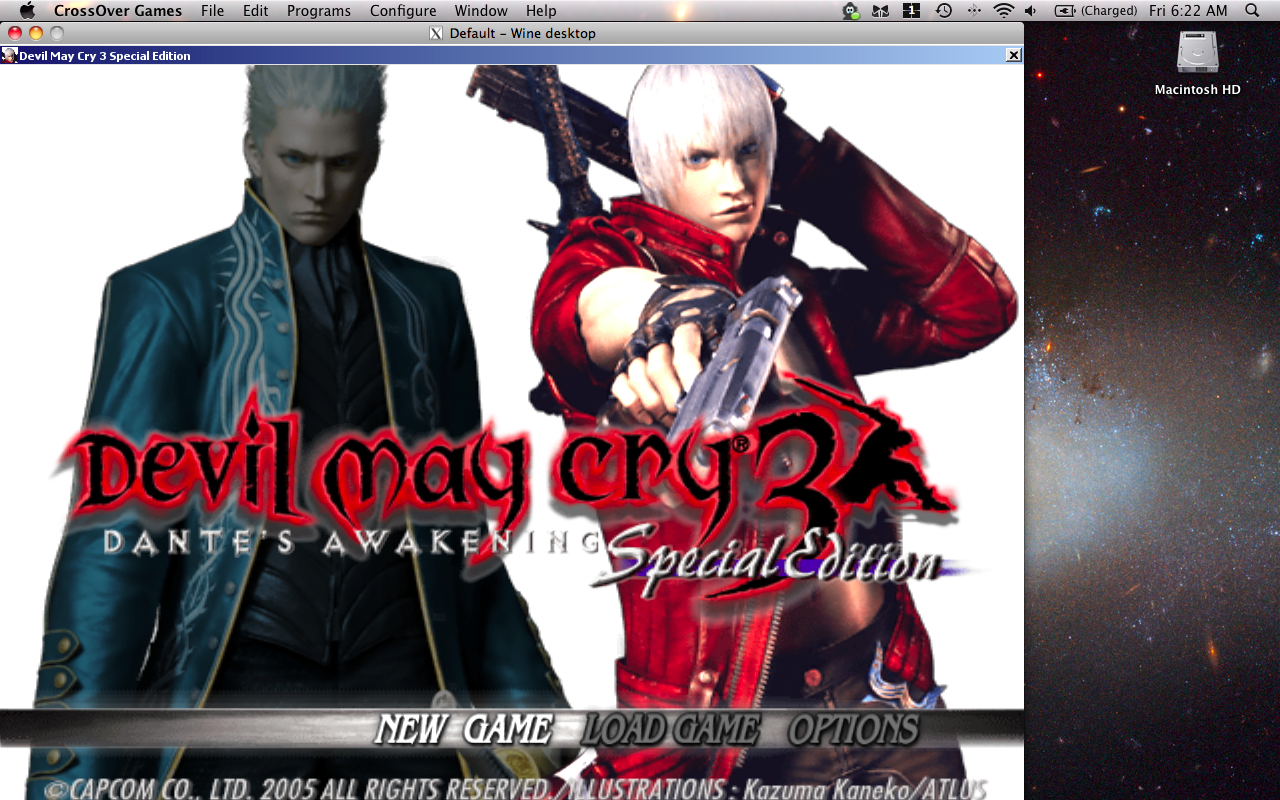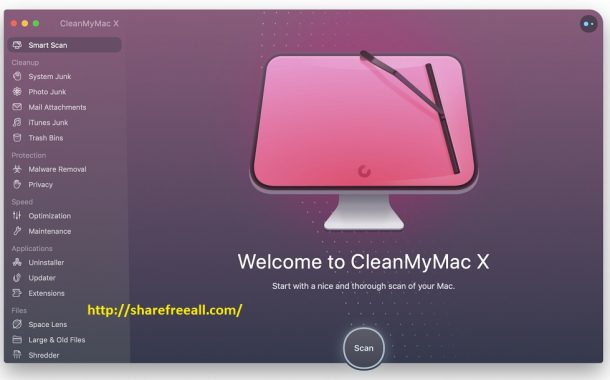

- Crossover osx 10.6 mac os x#
- Crossover osx 10.6 install#
- Crossover osx 10.6 software#
- Crossover osx 10.6 windows#
Crossover osx 10.6 software#
Cheapo netbook buyers are NOT who Apple wants to even bother catering to, no matter what: it’s not their business model to compete with everyone else on cheap hardware prices, but rather, a different model where the software is a big part of the total package, as well as the packaging of the hardware, because, let’s face it, the chips are (for the Macs) basically all the same underlying hardware as a generic PC. If you haven’t figured it out by now, you’ll never figure this truth out: Apple wants no part of selling you a low-margin netbook, because….
Crossover osx 10.6 install#
“My sources tell me that everytime a netbook user installs 10.6.2 an Apple employee gets his wings.” You have to admit, that‘s hilarous.Īs always, you can install the update via Software Update, or you can download the full update straight from Apple.
Crossover osx 10.6 mac os x#
This means that if you exercised your rights by installing Mac OS X Snow Leopard on an Atom-based machine (netbooks, mostly), you’ll have to avoid the 10.6.2 update for now, or roll your own kernel from the open source base underlying Mac OS X. It has also been confirmed that Mac OS X 10.6.2 no longer supports the Intel Atom processor, as had become pretty clear already from reports. Since I personally don’t have a Mac capable of running Snow Leopard, I can’t tell which fixes were more pressing than others. This has now been fixed.įor the rest, the updates focusses on fixing issues with fonts, graphics, Mail.app, MobileMe, network file systems, printing and faxing, and Safari. The result of this was loss of all data within your regular account. This bug occurred for some users when logging into a Leopard-created guest account in Snow Leopard. One of the more pressing issuesthat needed to be fixed was the infamous guest account data loss bug. The list of fixes applied by the Mac OS X 10.6.2 update is pretty vast. There’s a lot of stuff in here, and among other things, it includes a fix for the guest account data loss bug. That way the ID will be properly unique, and derived in a constant way from the machine ID but there will be no way to retrieve the original machine ID from the application-specific one.Apple has finally released Mac OS X 10.6.2, the latest version of its Snow Leopard operating system, and be prepared for a massive update for your Mac: 473MB. If you need a stable unique identifier for your app, do not use the machine ID directly.Ī reliable solution is to hash the machine ID in a cryptographically secure way, using a fixed, application-specific key. Therefore it should be considered "confidential", and must not be exposed in untrusted environments. Security ConsiderationsĪ machine ID uniquely identifies the host. Such images produce a new unique machine ID on each deployment.
Crossover osx 10.6 windows#
Windows users can use the sysprep toolchain to create images, which produce valid images ready for distribution. Linux users can generate a new id with dbus-uuidgen and put the id into /var/lib/dbus/machine-id and /etc/machine-id. This is a well known issue with cloned windows installs (not using the official sysprep tools). Most IDs won't be regenerated by the OS, when you clone/image/restore a particular OS installation.



This package returns the OS native machine UUID/GUID, which the OS uses for internal needs.Īll machine IDs are usually generated during system installation and stay constant for all subsequent boots. The hash is generated in a cryptographically secure way, using a fixed, application-specific key (calculates HMAC-SHA256 of the app ID, keyed by the machine ID). Returns hashed version of the machine ID as a string. Function: ProtectedID(appID string) (string, error)


 0 kommentar(er)
0 kommentar(er)
